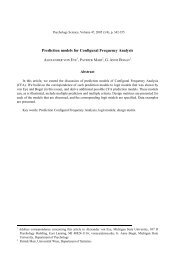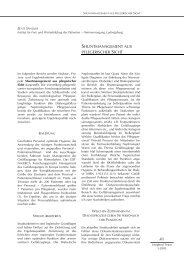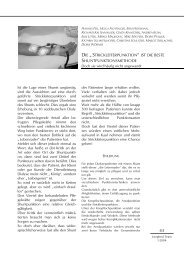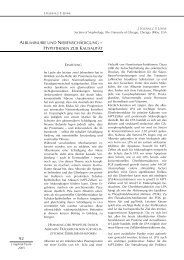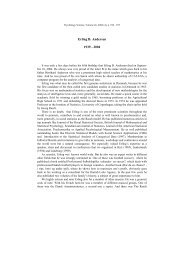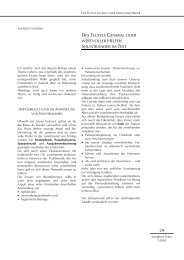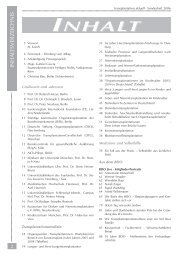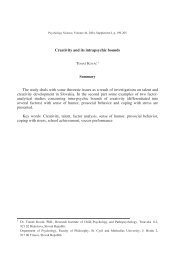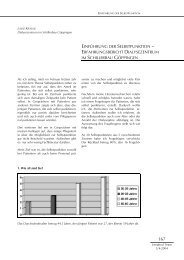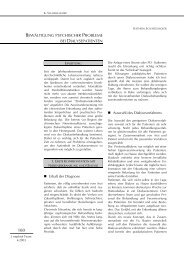Identifying rater effects using latent trait models Abstract
Identifying rater effects using latent trait models Abstract
Identifying rater effects using latent trait models Abstract
Create successful ePaper yourself
Turn your PDF publications into a flip-book with our unique Google optimized e-Paper software.
Rater <strong>effects</strong> 43<br />
can be computed to identify <strong>rater</strong>s who deviate from a group mean (i.e., null value) of 0 by a<br />
statistically significant degree 4 .<br />
Model-based expected values can also be computed for each <strong>rater</strong>-by-measurement object-by-item<br />
combination,<br />
nir<br />
= ∑∑<br />
N I<br />
E kπ , (3)<br />
n= 1 i=<br />
1<br />
nirk<br />
where<br />
π<br />
exp<br />
n r ik<br />
j = 0<br />
nirk<br />
=<br />
m k<br />
∑<br />
exp<br />
x<br />
∑<br />
θ −λ −δ<br />
∑<br />
θ −λ −δ<br />
n r ik<br />
k= 0 j=<br />
0<br />
, (4)<br />
δ so that<br />
i0 ≡ 0<br />
0<br />
∑ n r ik<br />
j = 0<br />
θ − λ − δ = 0 ,<br />
and x is a count of the number of rating scale thresholds exceeded by an object of measurement<br />
(ranging from 0 to m).<br />
The residuals of observed ratings from these model-based expectations, X nir<br />
– E nir<br />
, can be<br />
used to identify <strong>rater</strong> accuracy/inaccuracy and <strong>rater</strong> centrality/extremism as specified in the<br />
previous section of this article. Specifically, smaller residual standard deviations are associated<br />
with <strong>rater</strong> accuracy and centrality, while larger residual standard deviations are associated<br />
with <strong>rater</strong> inaccuracy and extremism. Rater accuracy and centrality can be differentiated<br />
by examining the correlation between the residual and the expected rating associated with<br />
that residual (r residual,expected<br />
). If the correlation between the residual and expected rating is near<br />
zero then <strong>rater</strong> accuracy is indicated. On the other hand, if the residual-expected correlation<br />
is negative, then <strong>rater</strong> centrality is indicated. Rater inaccuracy and extremism can be differentiated<br />
in a similar way – the correlation between residuals and expected ratings should be<br />
near zero in the case of <strong>rater</strong> inaccuracy and should be positive in the case of extremism.<br />
Method<br />
Instrumentation<br />
Each year, high school students in the United States participate in Advanced Placement<br />
(AP) courses, and they may elect to take an examination covering the content of that course<br />
in order to receive college credit for participating in the AP course. The AP course in English<br />
Literature and Composition engages students in reading and critical analysis of imaginative<br />
literature. Through the reading of selected texts, students deepen their understanding of the<br />
ways writers use language to provide both meaning and pleasure for their readers. The examination<br />
for the English Literature and Composition course contains a 60-minute multiple-



